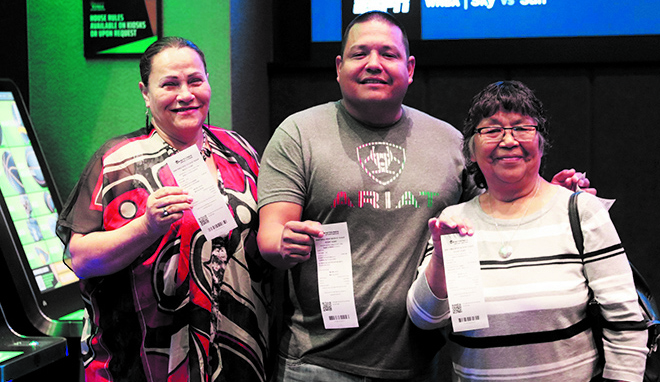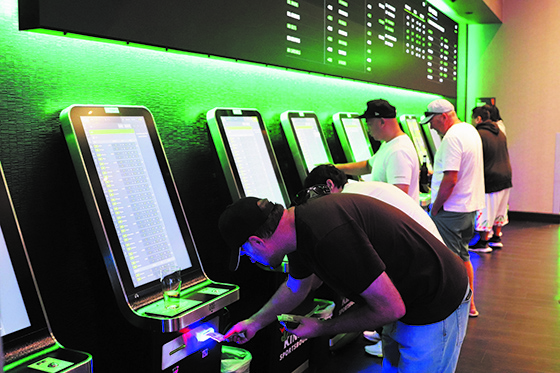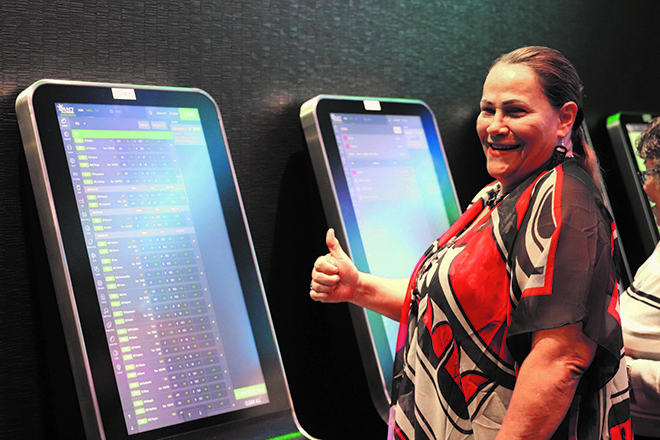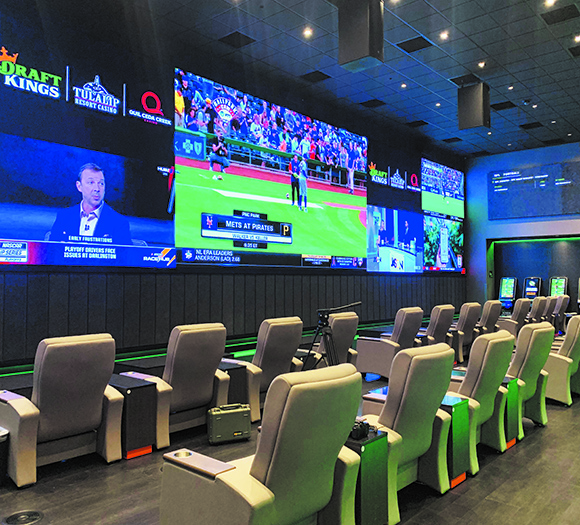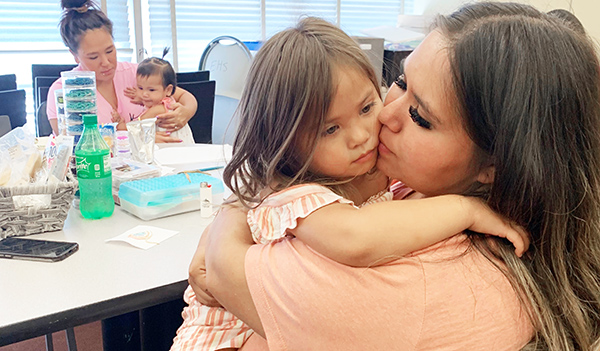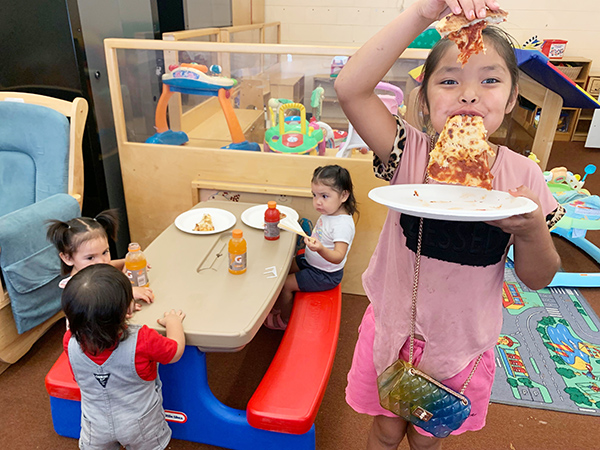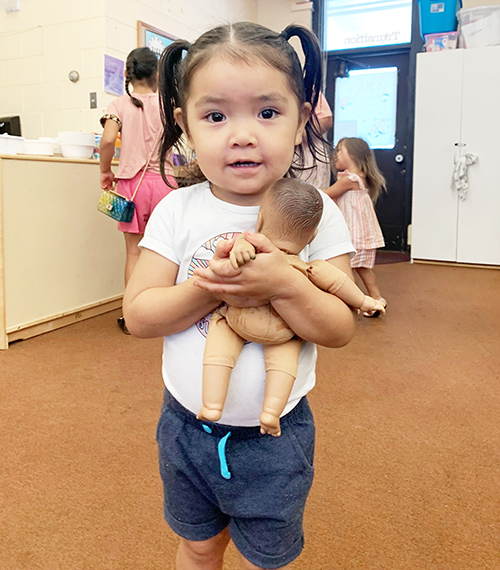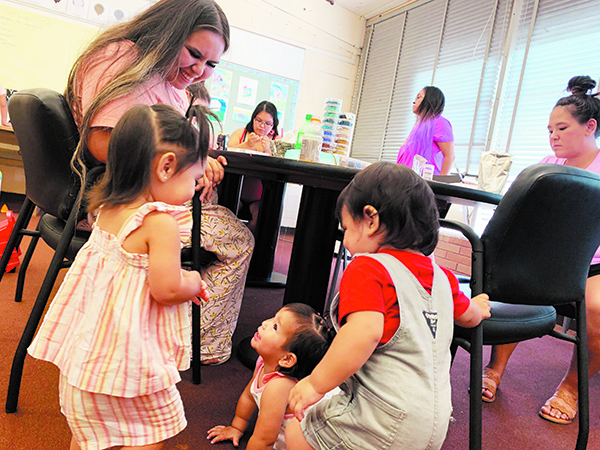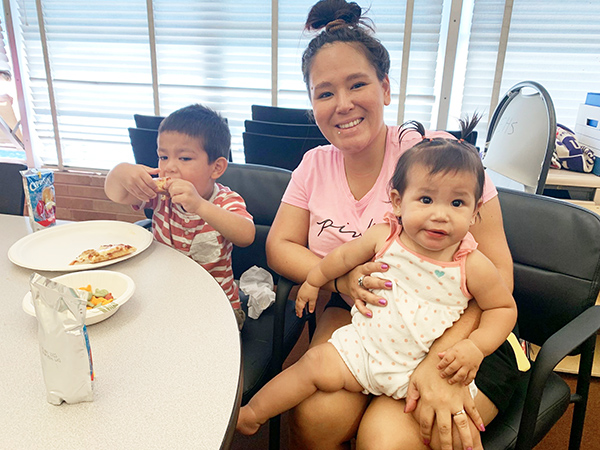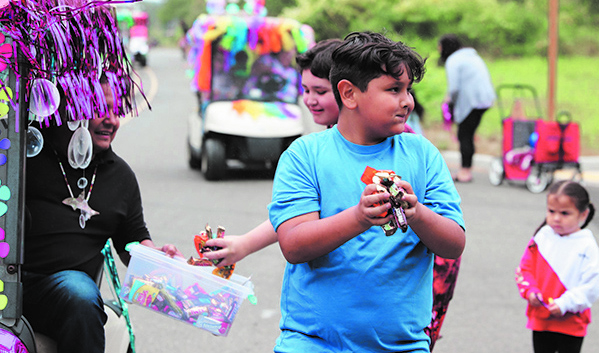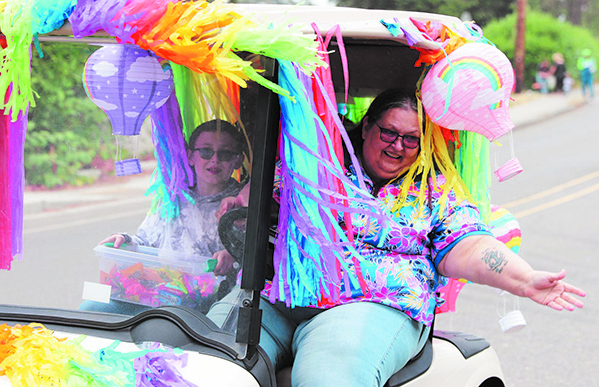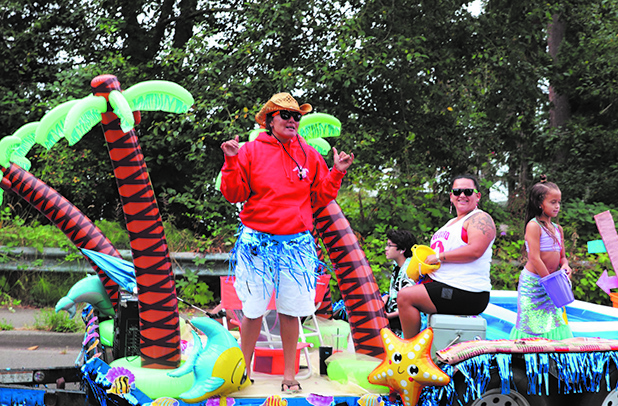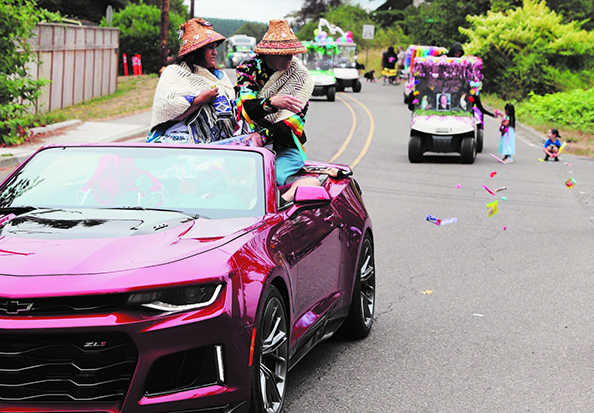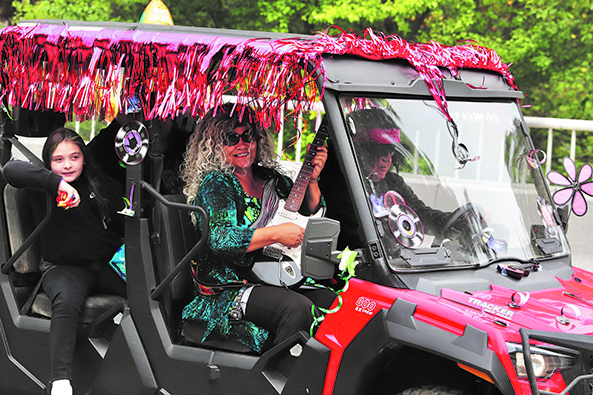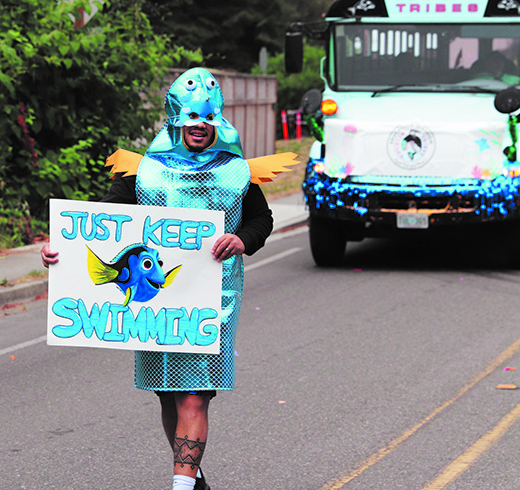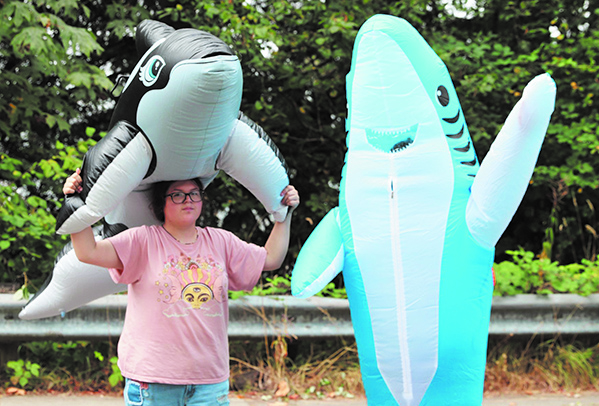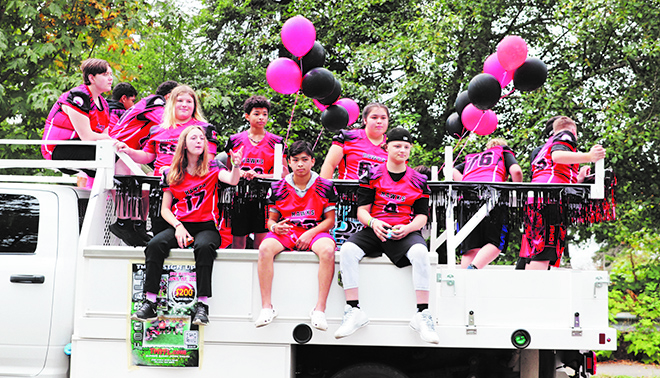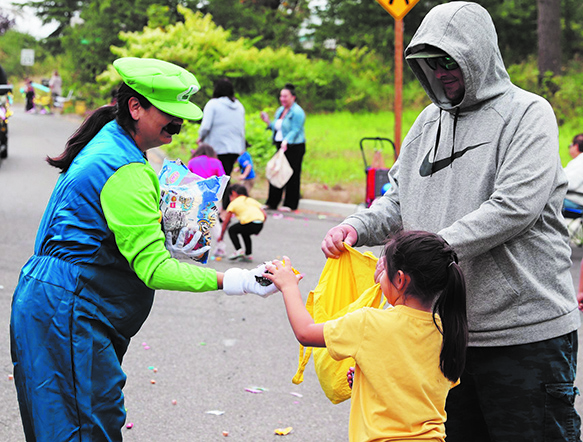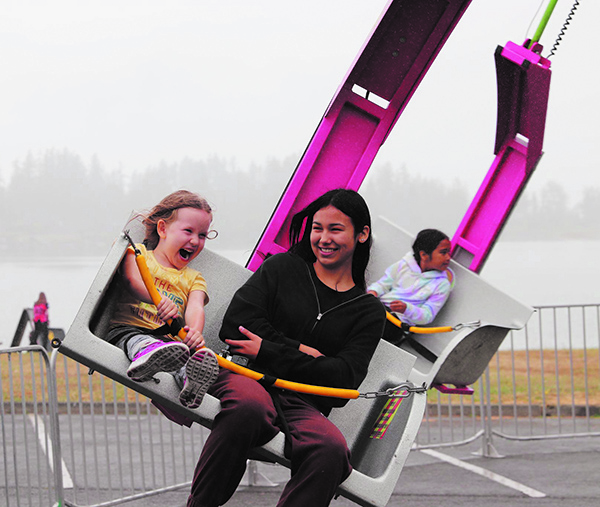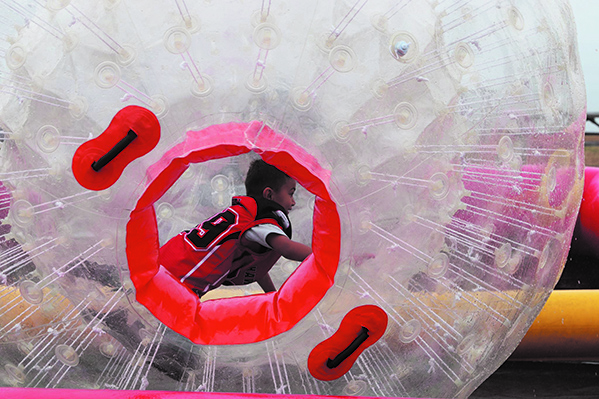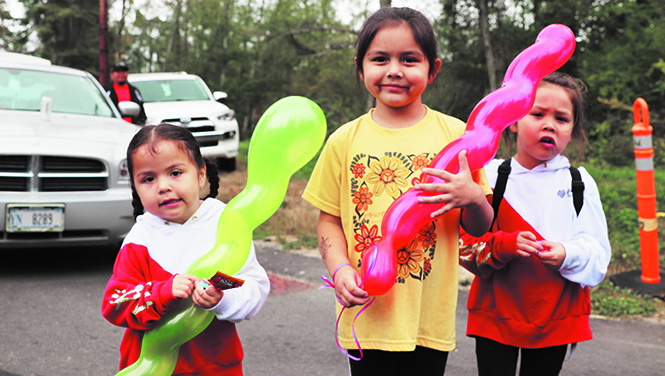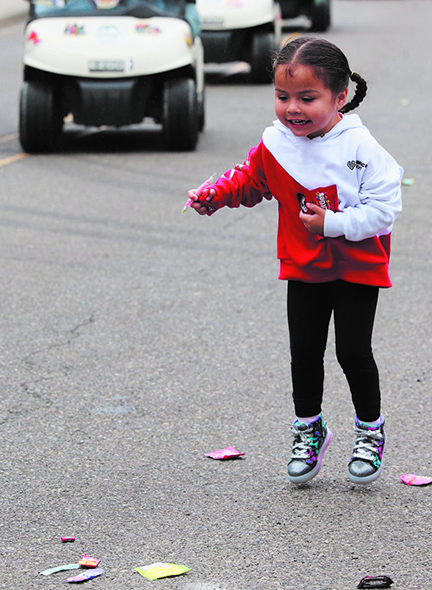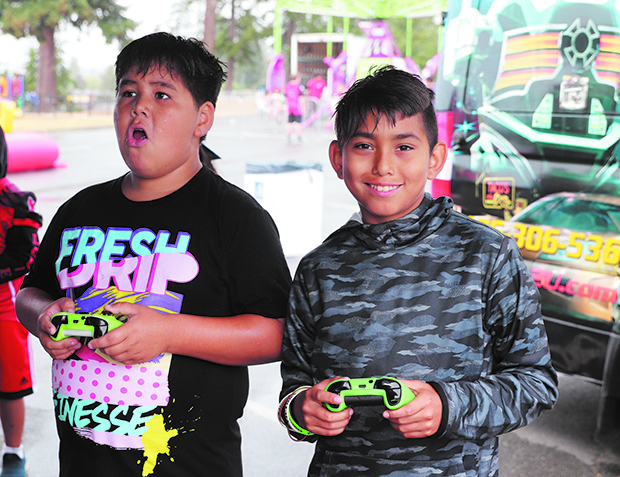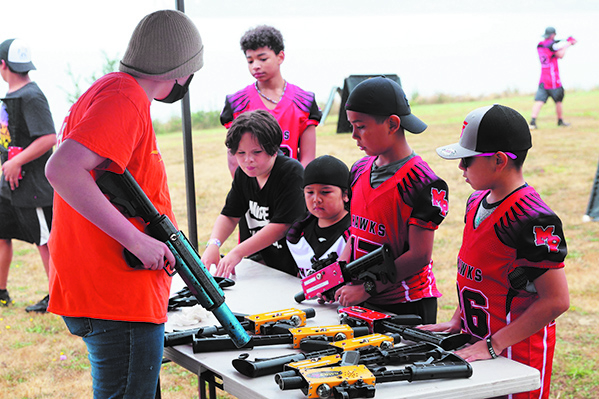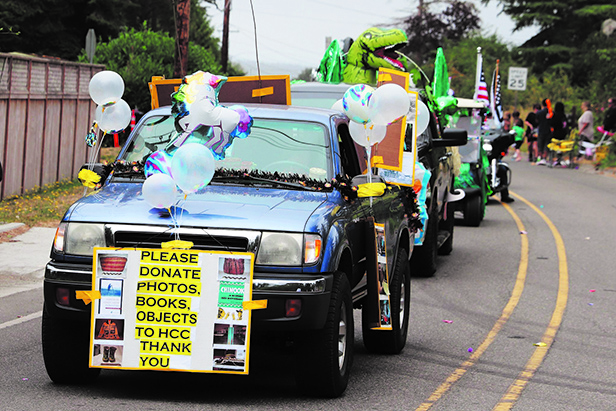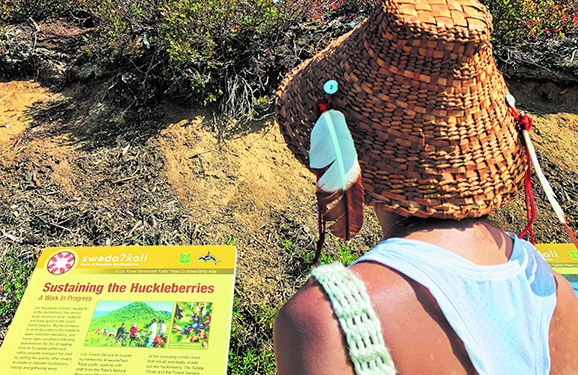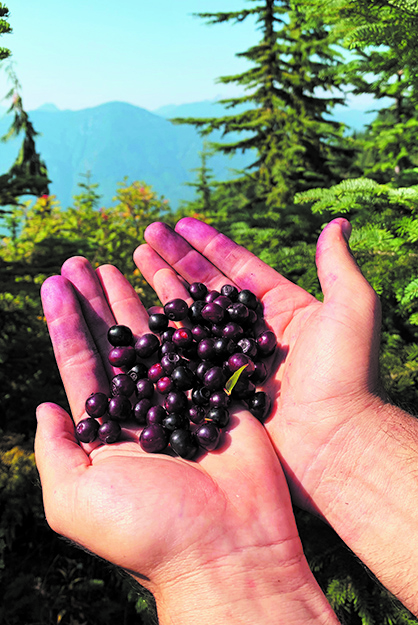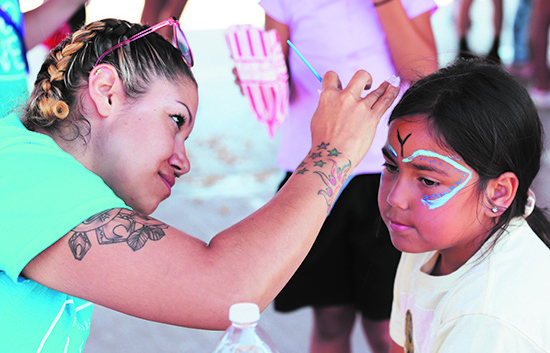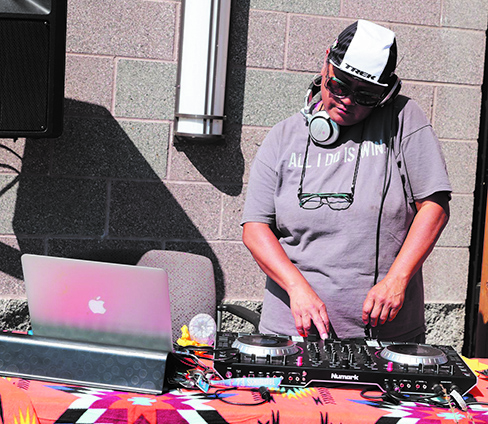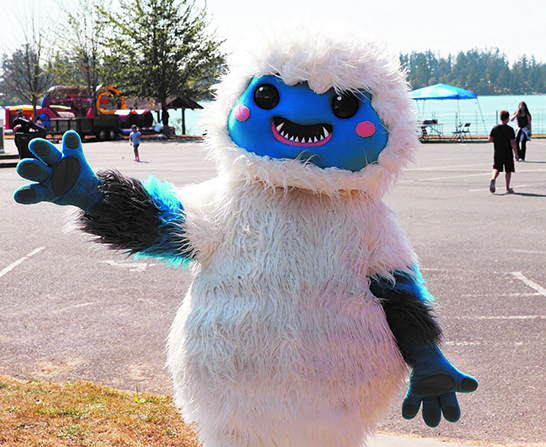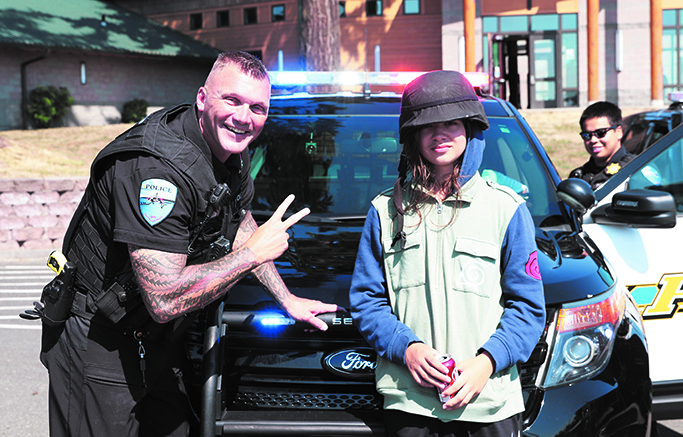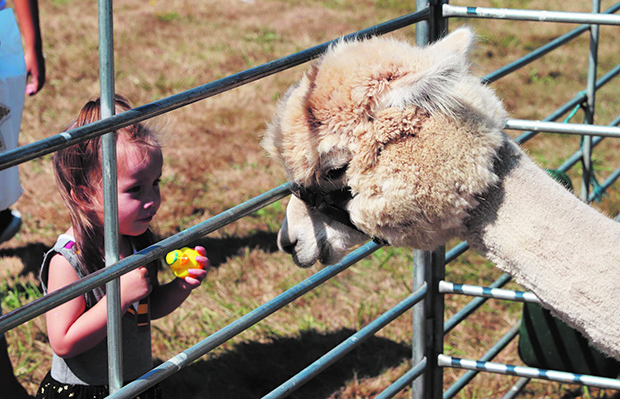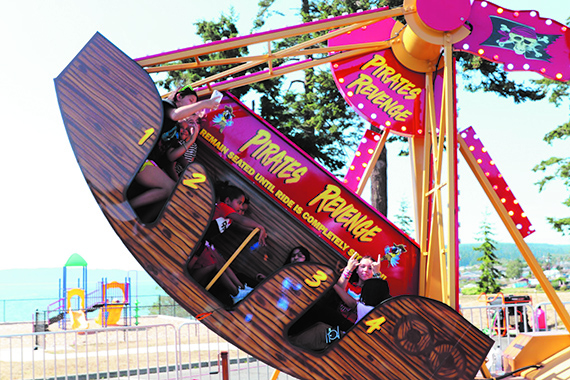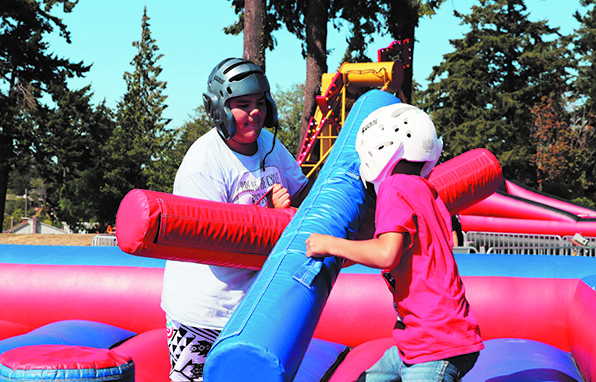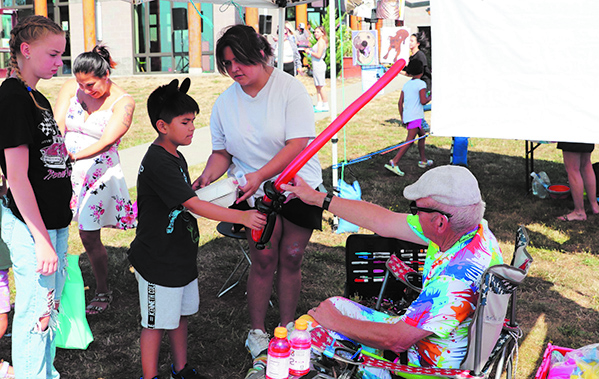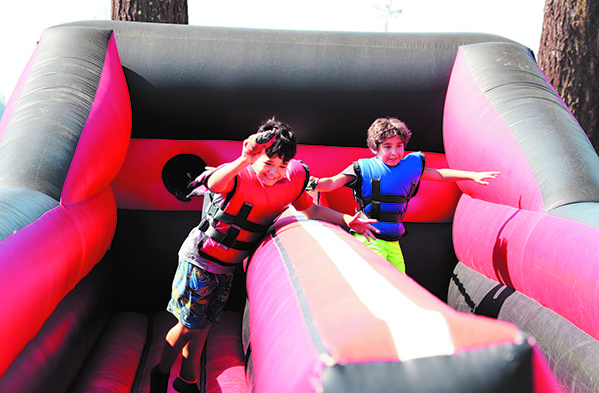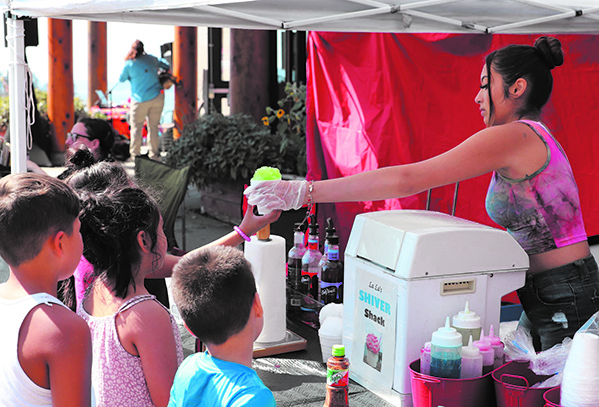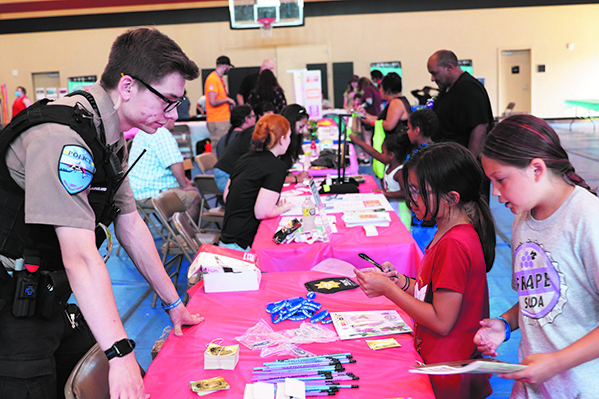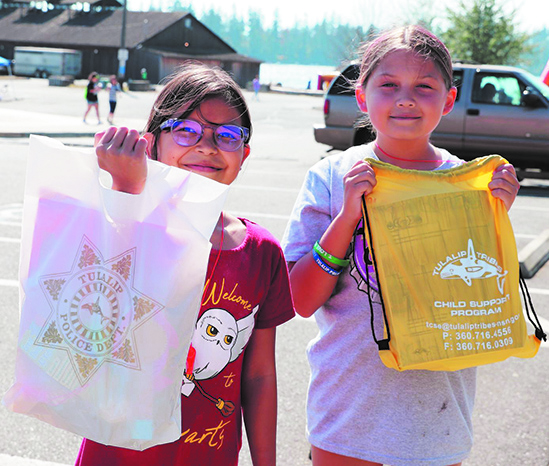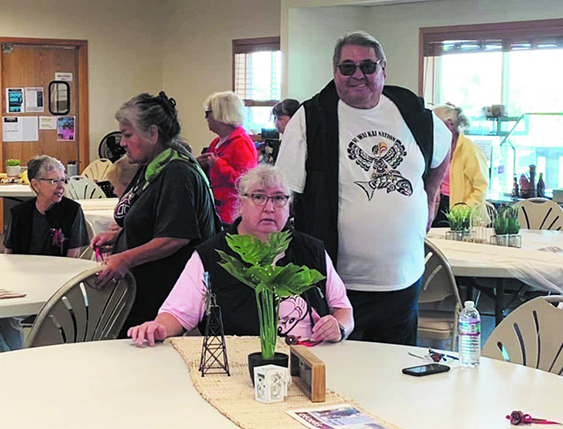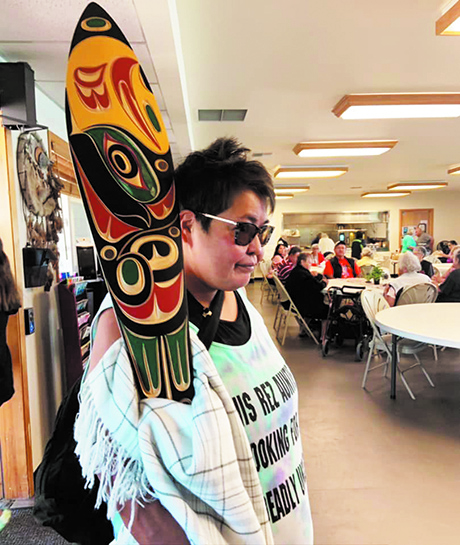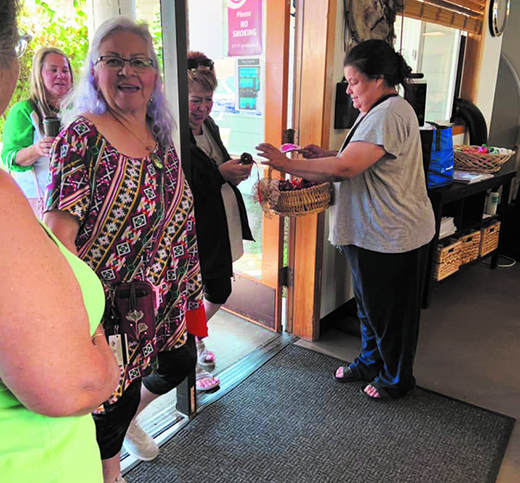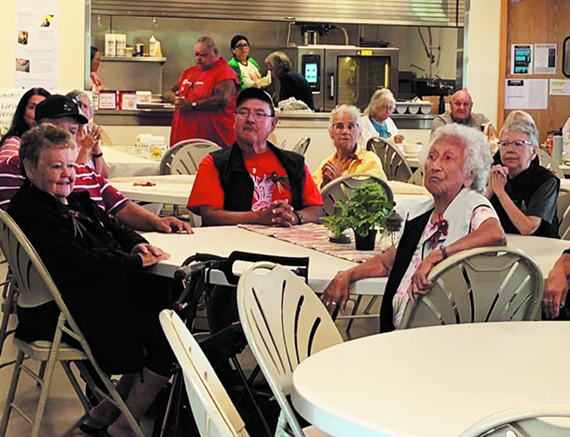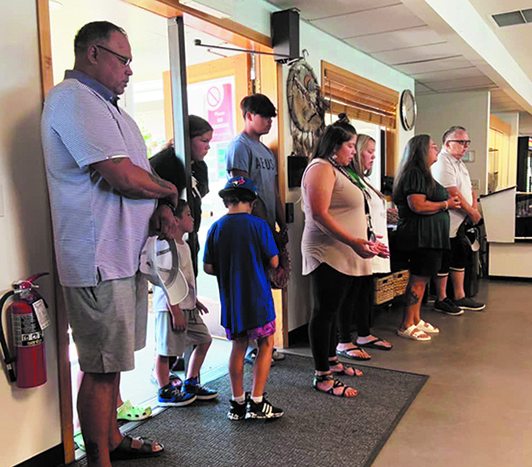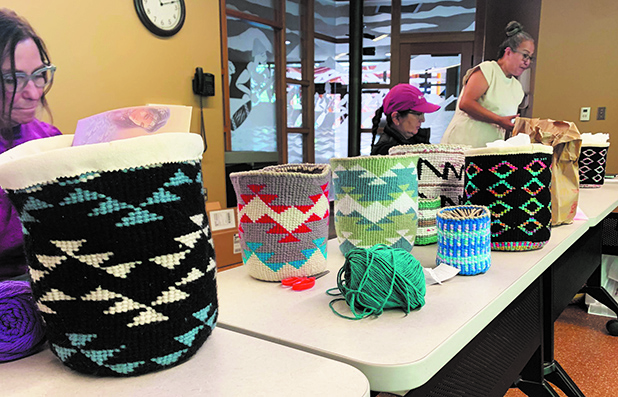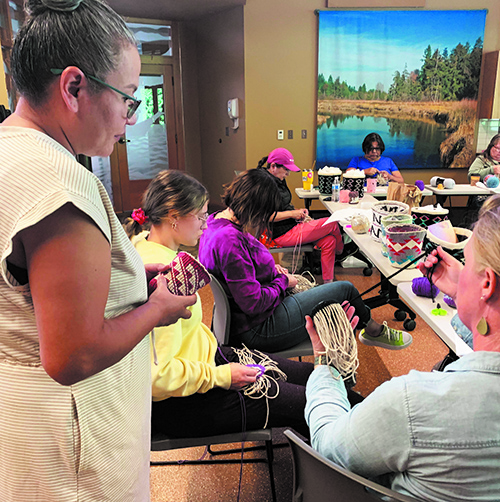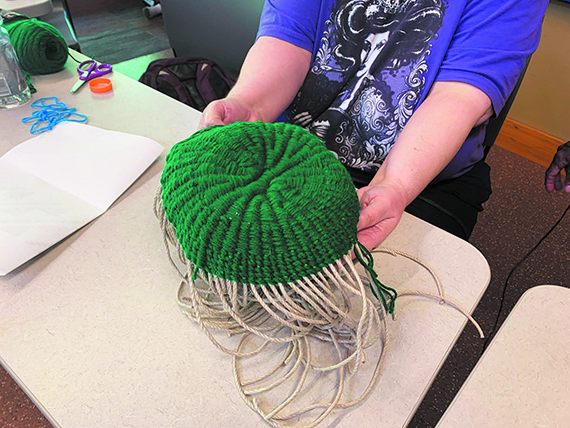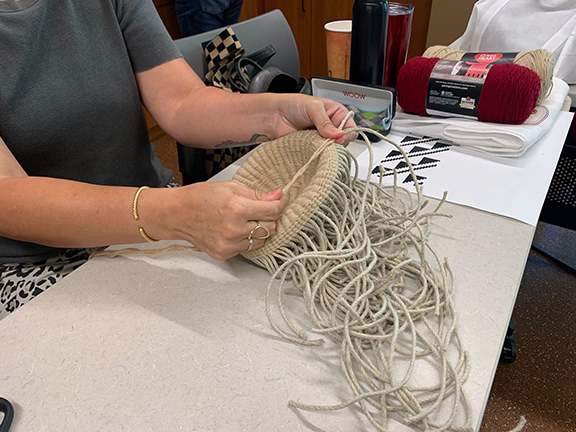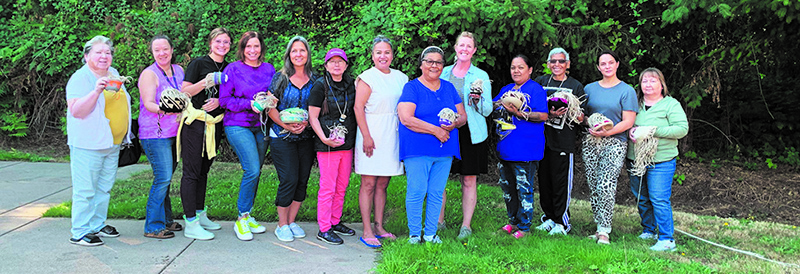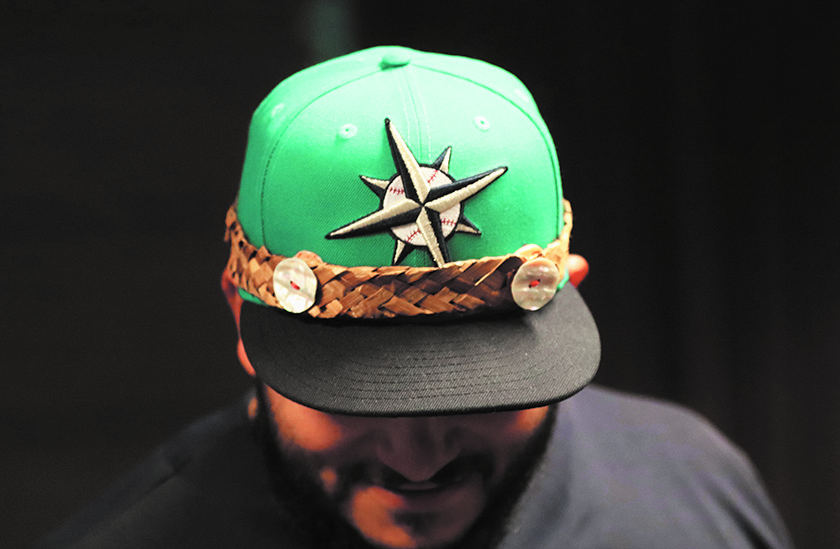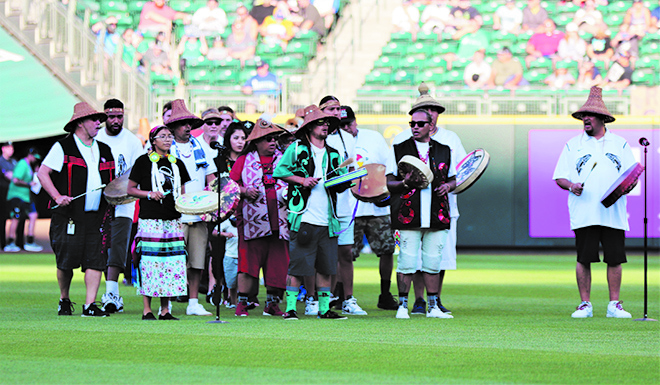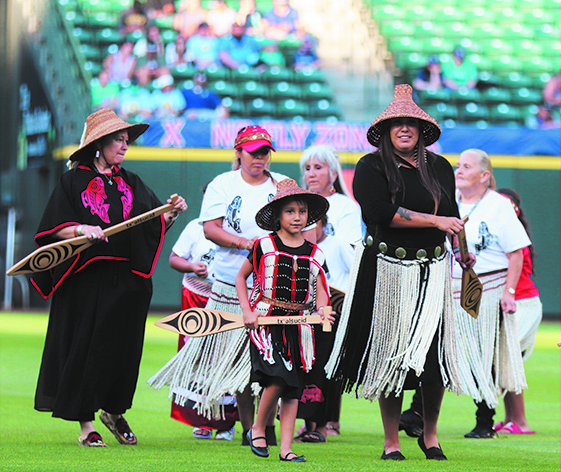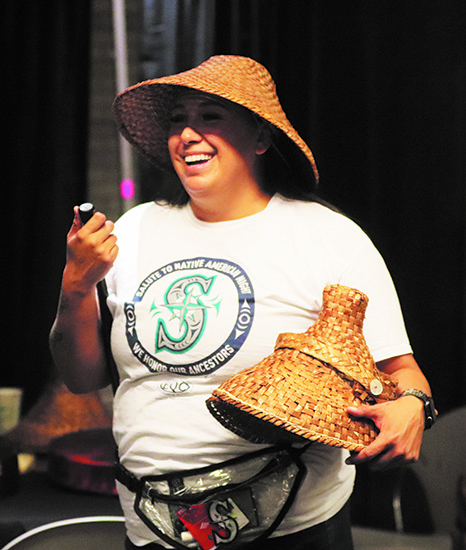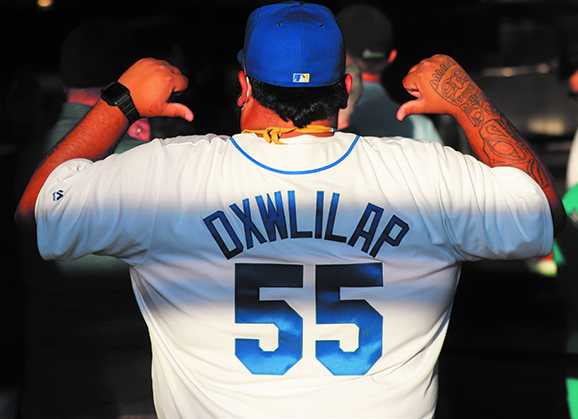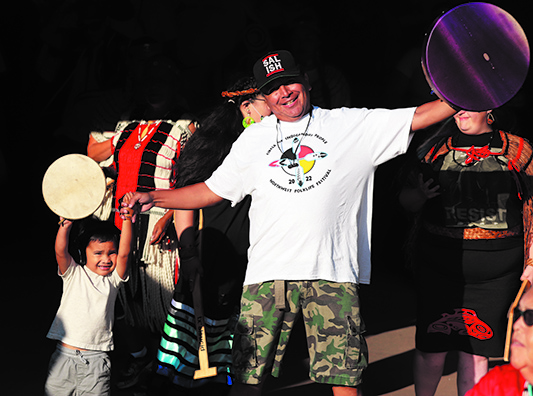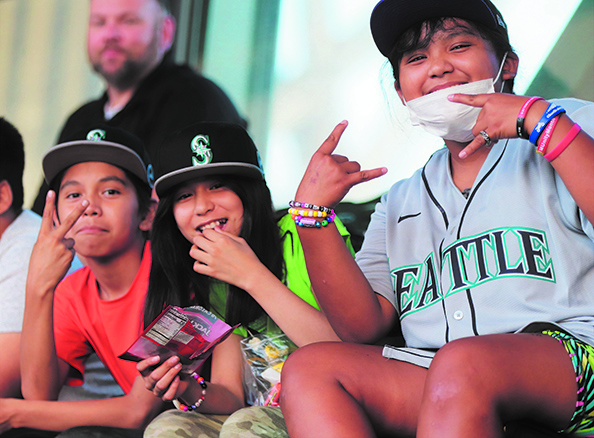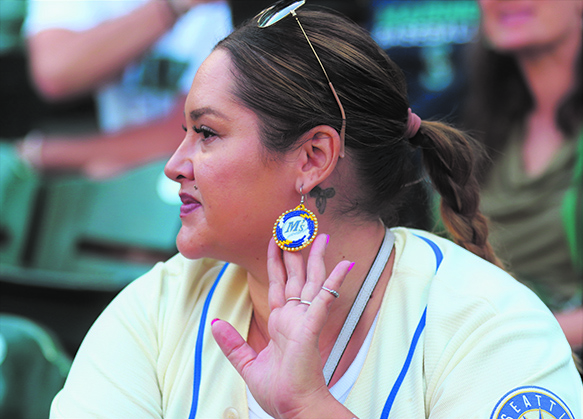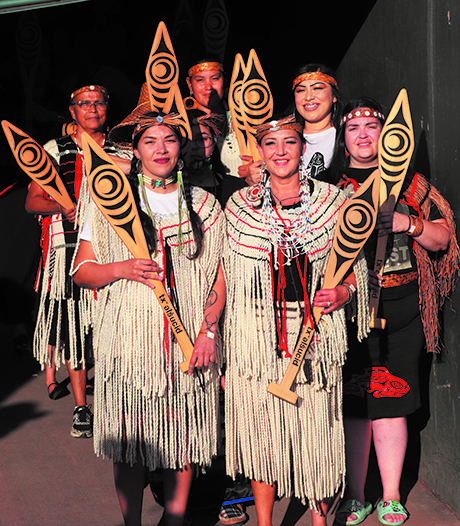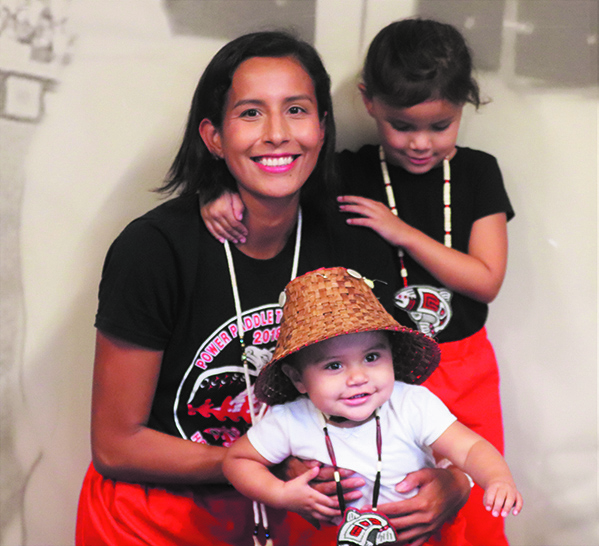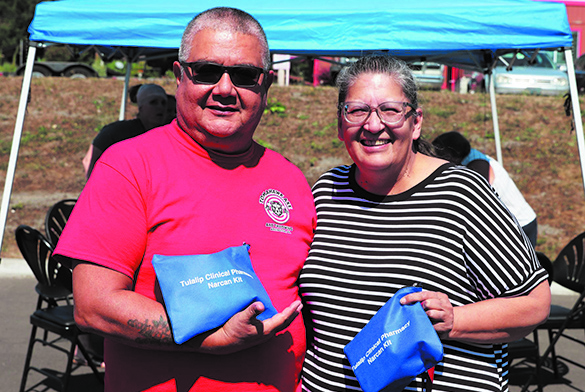
By Kalvin Valdillez, Tulalip News
“We lost so many of our people to overdose,” vocalized Tashena Hill, Tulalip Overdose Detection Mapping and Application Program (ODMAP) Outreach Specialist. “It’s important to commemorate them, and respect and honor their life that they lost to drug overdose and let their families and our community know that we love them.”
In 2021, there were an estimated 107,622 deaths nationwide due to drug overdose, according to provisional data gathered by the CDC’s National Center for Health Statistics. That is a 15% increase from 2020’s 93,655 recorded overdose deaths, which at the time was very alarming considering that itself was a 30% jump from the 71,000 reported overdose deaths in 2019. The numbers keep escalating as the years pass, breaking the hearts of family members throughout the country who hoped their loved ones would one day reach the road to recovery.
A look at the Snohomish County Medical Examiner’s Office Drug Overdose Dashboard shows that this year alone, there has been 188 drug overdose deaths in the county. 82 of those deaths involved opioids, 68 deaths involved fentanyl, and 67 deaths involved methamphetamine.
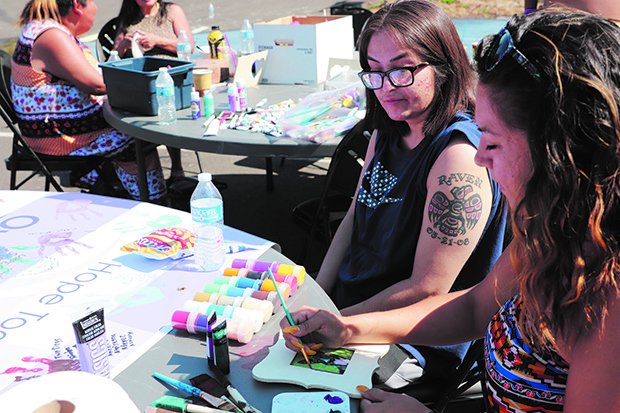
Multiple studies from the likes of the CDC and the Washington Post report that Indian Country has been hit by the opioid epidemic the hardest, claiming that from 2006-2014 Natives were 50% more likely to die from an opioid overdose than any other race in the country. Those reputable sources also released a disclaimer stating those statistics, though high, are still more than likely under reported due to a number of factors. Most misreporting stems from hospitals and coroners indicating the incorrect race on the death certificates of overdose victims.
And thanks to in-depth reporting from Tulalip News’ own Micheal Rios, he uncovered that there have been approximately 20 OD deaths on the Tulalip reservation since 2020.
“Natives have a higher rate of substance use disorder (SUD),” said Kali Joseph, the Tulalip ODMAP Project Coordinator. “The overdose rate amongst Native people have been on the rise since the year 2000. Even in Snohomish County, the rate of fentanyl overdoses is becoming epidemic levels and continuing to rise. It’s been really taking a toll on the communities. So many people have lost loved ones to overdose that it’s hard to find support, but when we hold community events like this, it’s a place to come together and it allows us to heal together.”
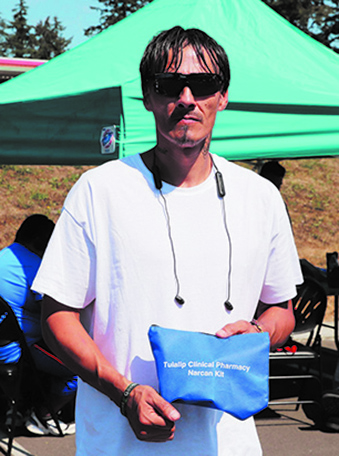
An important and healing gathering took place on the last day of August at the Tulalip Dining Hall. Hosted by Tulalip ODMAP and Tulalip Family Services, the event brought together the local recovery community and the Tulalip citizenship for National Overdose Awareness Day.
“Overdose Awareness Day is important to the community because it helps break the stigma,” stated Tulalip Family Services Chemical Dependency Professional, Donna Gray. “It helps the people who are struggling, it provides support and understanding to their family members. And hopefully, it puts enough compassion and understanding out there for someone who’s really struggling and will encourage them to reach out for help.”
Held every year on August 31, National Overdose Awareness Day presents an opportunity for communities to raise awareness about the opioid and fentanyl epidemic while also taking time to honor the loved ones who we lost to overdose.
Tribal member and recovering addict, Alisha Sua expressed, “I think there needs to be more events like this to help get information out there about this issue because there’s so many people dying from overdosing, so I think the more knowledge we have about it, the better off we’ll be.”
There were a number of fun activities at the event including a dunk tank, an arts and crafts station, as well as a raffle giveaway. Upon signing in, the participants received a Narcan kit to take home to utilize in case of an overdose emergency situation, which could ultimately help save a life.
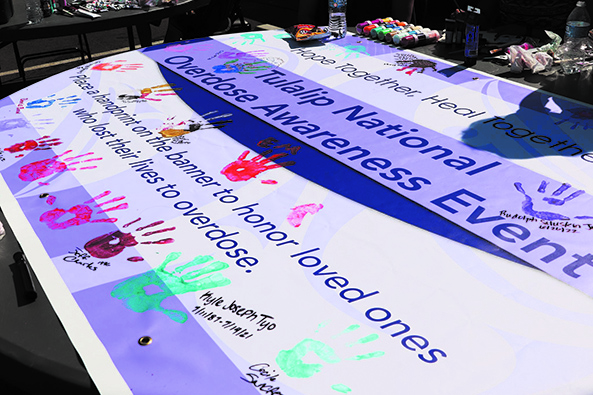
Said Kali, “Narcan is a medicine that is an opioid antagonist, so it reverses opioid overdoses. It can save lives and has saved many lives. We think that carrying a Narcan kit, even if you don’t struggle with SUD, is being a good relative because you can always be a bystander if an overdose incident happens. It can really save someone’s life, so we encourage people to get a Narcan kit. That’s why ODMAP has an incentive program for the Narcan, to get it out there and hopefully get it in every home in the community.”
Alisha added, “I like the awareness and the Narcan distributions happening out at the tribe, so more people are aware of possible ways to help people in a bad situation. We’re fortunate enough to be in a location that provides Narcan because I know that other states do not provide it. I like being able to get to it because you never know when you’re going to need it and it’s better to have it and not need it than need it and not have it.”
Those in attendance also got the chance to place a painted handprint on a large banner in memory of those whose lives were taken far too soon by addiction. Written next to the handprints were the names of each those individuals.
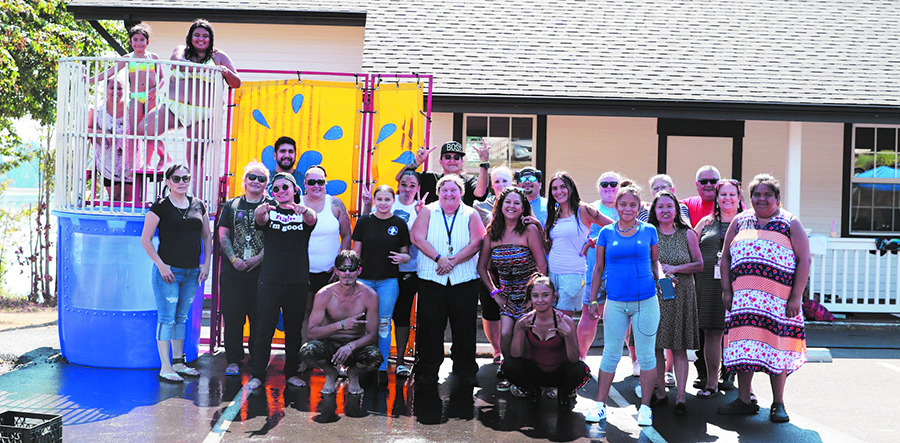
“We have community members who showed up today who have lost a loved one to overdose and they’ll put a handprint on our banner, it helps us acknowledge them,” Kali expressed. “I feel like it makes the folks who lost a loved one to overdose not feel alone and not feel like they’re the only ones who have experienced that loss. It goes back to the holistic health and how everything comes full circle, and that we as a community are taking action to heal from generational trauma. This is us being responsible for our loved ones who are struggling with SUD. If we work together collectively, we’ll be a strong united front. That’s why we say hope together, heal together.”
For more information, help, and additional resources please do not hesitate to reach out to Tulalip ODMAP at (360) 716-4773 or Tulalip Family Services at (360) 716-4400. And if you’re a Tulalip community member and would like to receive a free Narcan kit, please call or text (360) 722-2255 or visit www.tulaliptribalcourt-nsn.gov/ProgramsAndServices/ODMAP
